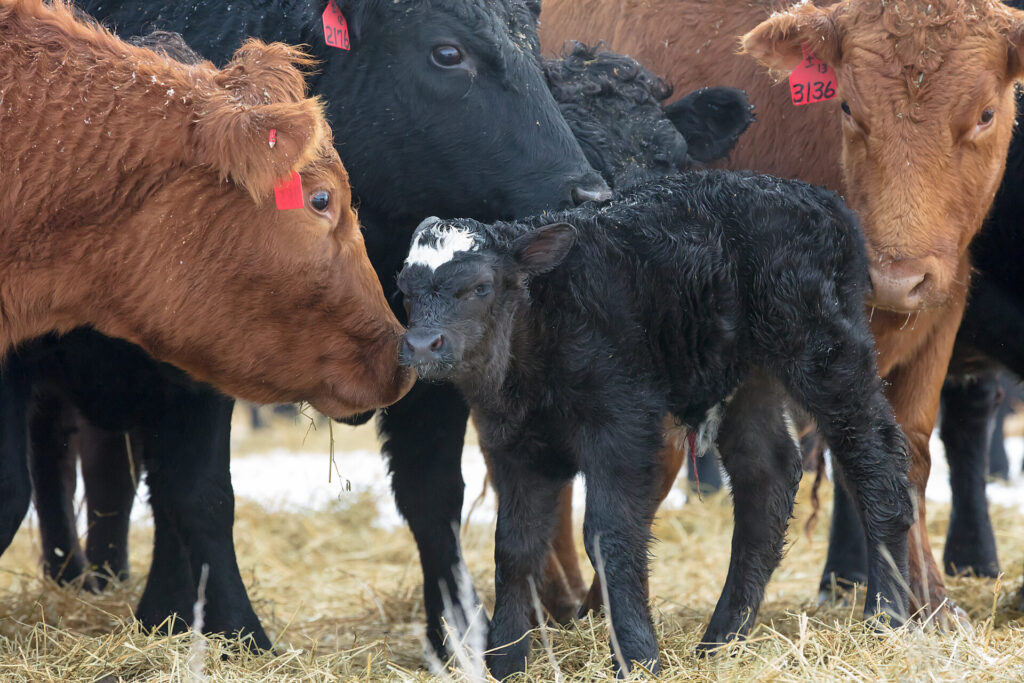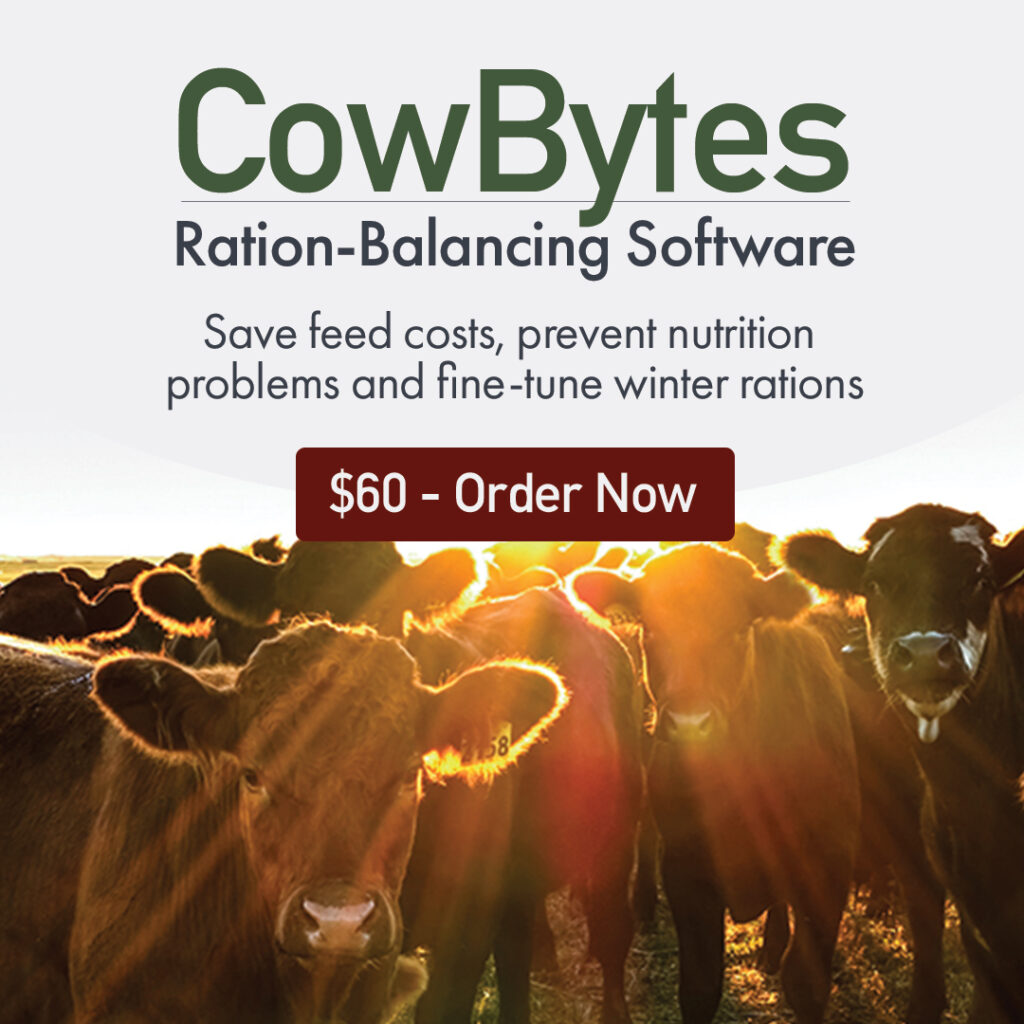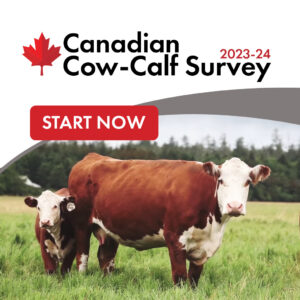Say "Beef" - We're Taking a Snapshot! 🎙️
This article written by Dr. Reynold Bergen, BCRC Science Director, originally appeared in the January 2024 issue of Canadian Cattlemen magazine and is reprinted on BeefResearch.ca with permission of the publisher.
CLICK THE PLAY BUTTON TO TO LISTEN TO THIS POST:
Listen to more episodes on BeefResearch.ca, Spotify, Apple Podcasts, Amazon Music or Podbean.

On average, $0.67 of your $2.50 Canadian Beef Cattle Check-Off came to the BCRC in 2022/23. Most of these dollars support research projects and programs. But most of the BCRC staff hours are spent turning research results into producer resources. That involves collecting production information from across Canada, identifying opportunities (and barriers) to better profitability, mobilizing existing knowledge to help producers exploit those opportunities and supporting new research to tackle the barriers.
Producer surveys help us focus these efforts appropriately. In the past, various provincial governments, consultants, university researchers and regional producer groups designed their own unique production surveys. The BCRC and Canfax Research Services worked with these groups to knit the results of the different surveys together into a single Adoption Rates Report. This report provided a snapshot of a wide range of production practices that have been adopted by cow-calf operators in different parts of the country. This time, we worked with these groups to develop a single, shorter survey for all parts of the country. The Canadian Cow-Calf Survey is open now and we need your participation to get the most value out of it.
Here are two examples of how past Canadian Cow-Calf Production Surveys have helped informed our extension efforts.
The last survey found that 6.8% of heifers (5.2% of cows) in Western Canada and 7.5% of heifers (8.3% of cows) in Eastern Canada lost their calves before weaning. Half of those deaths happened during the first 24 hours after birth. The odds are even worse if you’re calving now. BCRC-funded research found that January- and February-born calves are more likely to die before weaning than spring-born calves. In any event, using proper resuscitation and colostrum management practices are essential to help these calves through those critical first 24 hours of life.
Knowing this, the BCRC worked with veterinarians, producers and extension experts (Manitoba Beef and Forage Initiatives) to develop simple, practical information resources to help producers increase the odds of calf survival. You’ll find them at BeefResearch.ca/calf911.
Here’s a related example. January- and February-born calves are also at least twice as likely to require calving assistance than spring-born calves. Past surveys suggest that calving difficulty may be on the rise, from 16% of heifers and 4% of cows (2014) to 37% of heifers (21% of cows) in 2017. Calving difficulty has a genetic component, which is why calving ease should be one of the major considerations in bull buying decisions. But nutrition plays a big role, too. The risk of calving difficulty is higher when cows are thin or over-fat at calving. Not only are thin cows more likely to have difficulty at calving, they’ll take longer to recover from calving, be slower to return to estrus, rebreed later (or not rebreed at all) and wean a lighter calf next fall (BeefResearch.ca/bodyconditionscoring). Optimizing nutrition is key to avoiding these challenges.
Nice green feed likely has better digestibility and vitamin A content than weathered feed. But color won’t tell you about mineral, protein or energy content. If old, dry, brown feed or straw is all you’ve got on hand, a feed test gives you an informed starting point to identify what nutrients need supplementing. From there you can start to identify what the most cost-effective supplements are. Winter feed is expensive, so it’s particularly important to know what you’re buying (or want to be buying).
Previous cow-calf production surveys found that fewer than half of producers tested their feed regularly or even occasionally. So, the BCRC worked with other extension experts to develop feed testing resources – how to collect a sample, where to send it and how to interpret the results. These tools can also help producers assess whether a particular batch of hay, greenfeed or other feed meets the needs of different types of cattle (e.g., backgrounders, developing heifers, mature cows) at different stages of production (post-weaning, early-, mid- or late- pregnancy, early lactation, etc.), help assess the cost-effectiveness of potential supplements and know when to call expert help (visit BeefResearch.ca/feedtesting). CowBytes ration balancing software is also being sold again through BeefResearch.ca/cowbytes.
So what does this mean… to you? We’re not encouraging a return to yesteryear’s high-input cow-calf production or early calving seasons! Producers choose different production systems for different reasons. Excessive focus on either maximizing productivity or minimizing inputs can both sacrifice profitability. We’re trying to help producers find profit opportunities regardless of the production system they’ve adopted. Sometimes a little help during calving season can turn a potential death loss into revenue at weaning. And ensuring your cows have the groceries they need to calve, produce colostrum, raise a strong calf, rebreed early and keep doing it year after year helps avoid early culling of females before they have a chance to pay for themselves. It costs a lot to get a heifer and cow pregnant and maintained through the winter. If recent feed and calf prices are any gauge, it’s worth getting as many of your cows bred and calves weaned as you can. We hope these simple, free resources help.
Bottom Line: Your participation in this survey will help us design better information and tools to help your operation. Surveys are only as good as the honesty and volume of answers we get. The more complete surveys we get, the better able we’ll be to generate better information for Canada’s cow-calf producers. Find it at BeefResearch.ca/survey.
The Beef Cattle Research Council is funded by the Canadian Beef Cattle Check-Off. The BCRC partners with Agriculture and Agri-Food Canada, provincial beef industry groups and governments to advance research and technology transfer supporting the Canadian beef industry’s vision to be recognized as a preferred supplier of healthy, high-quality beef, cattle, and genetics.
Click here to subscribe to the BCRC Blog and receive email notifications when new content is posted.
The sharing or reprinting of BCRC Blog articles is typically welcome and encouraged, however this article requires permission of the original publisher.
We welcome your questions, comments and suggestions. Contact us directly or generate public discussion by posting your thoughts below.


